Multidisciplinary advice on the care of complex patients with nuanced needs
When a patient presents with dyspnea and other symptoms suggestive of pulmonary embolism (PE) or chronic thromboembolic pulmonary hypertension (CTEPH), a host of questions arise:
Advertisement
Cleveland Clinic is a non-profit academic medical center. Advertising on our site helps support our mission. We do not endorse non-Cleveland Clinic products or services. Policy
Cleveland Clinic approaches the diagnosis and treatment of these complex patients with multidisciplinary teams that include specialists in pulmonary medicine, cardiothoracic surgery, nuclear medicine, interventional radiology, cardiovascular medicine, anesthesiology and critical care medicine.
In the video below, a panel of several such specialists — pulmonologist Gustavo Heresi, MD; cardiothoracic surgeons Nicholas Smedira, MD, MBA, and Michal Tong, MD; interventional radiologist Ihab Haddadin, MD; and vascular medicine specialist John Bartholomew, MD — share their experience and insights relative to the following issues:
Differentiating between PE and CTEPH
Treating subacute PE
Treating acute PE
When to consider CTEPH, including:
Advertisement
Surgical and postoperative management of CTEPH
Due to the complexity of these entities, the optimal management approach for these patients is best decided by a multidisciplinary team. Surgical treatment, in particular, is largely dependent on volume and experience.
Advertisement
Advertisement
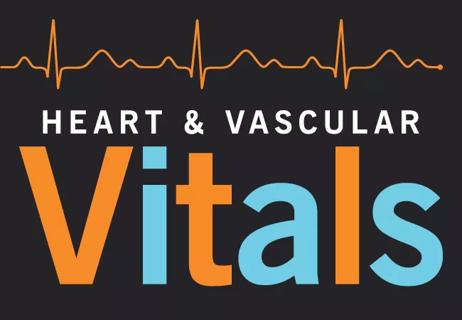
A sampling of outcome and volume data from our Heart & Vascular Institute
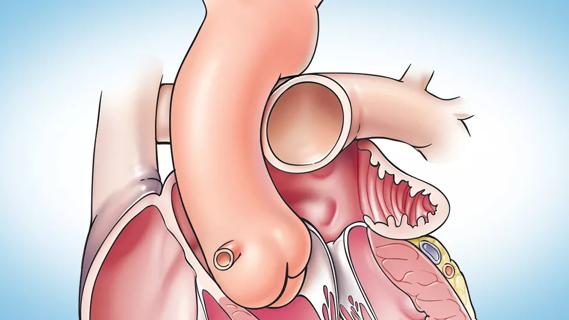
Concomitant AF ablation and LAA occlusion strongly endorsed during elective heart surgery
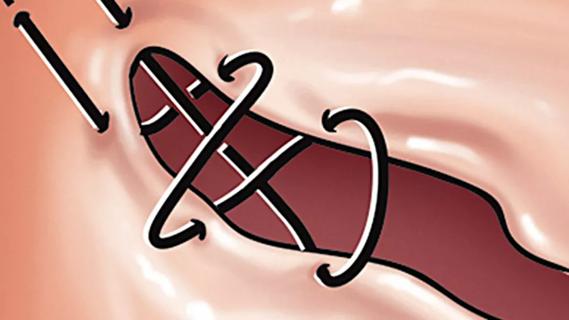
Large retrospective study supports its addition to BAV repair toolbox at expert centers
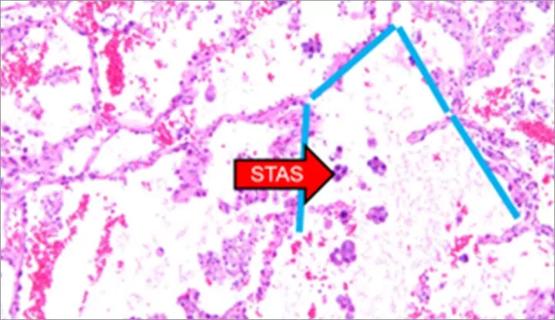
Young age, solid tumor, high uptake on PET and KRAS mutation signal risk, suggest need for lobectomy
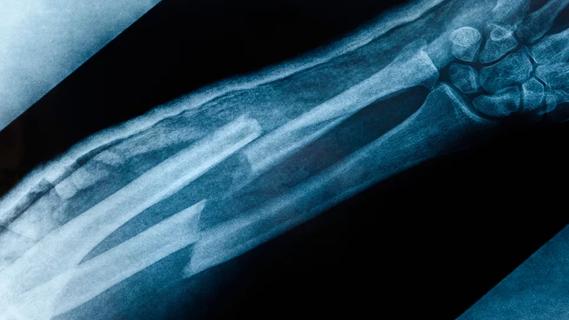
Surprise findings argue for caution about testosterone use in men at risk for fracture
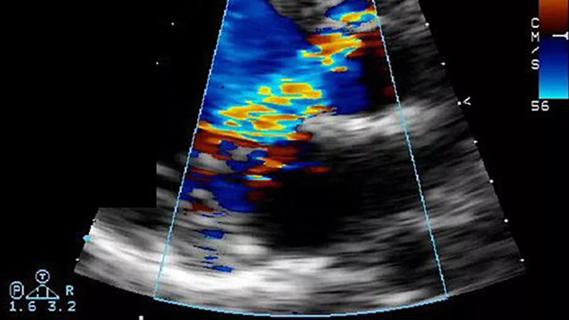
Residual AR related to severe preoperative AR increases risk of progression, need for reoperation

Findings support emphasis on markers of frailty related to, but not dependent on, age
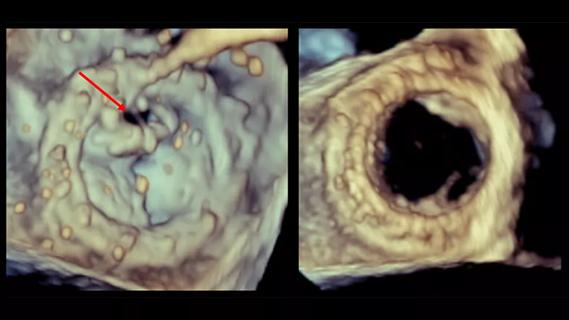
Provides option for patients previously deemed anatomically unsuitable